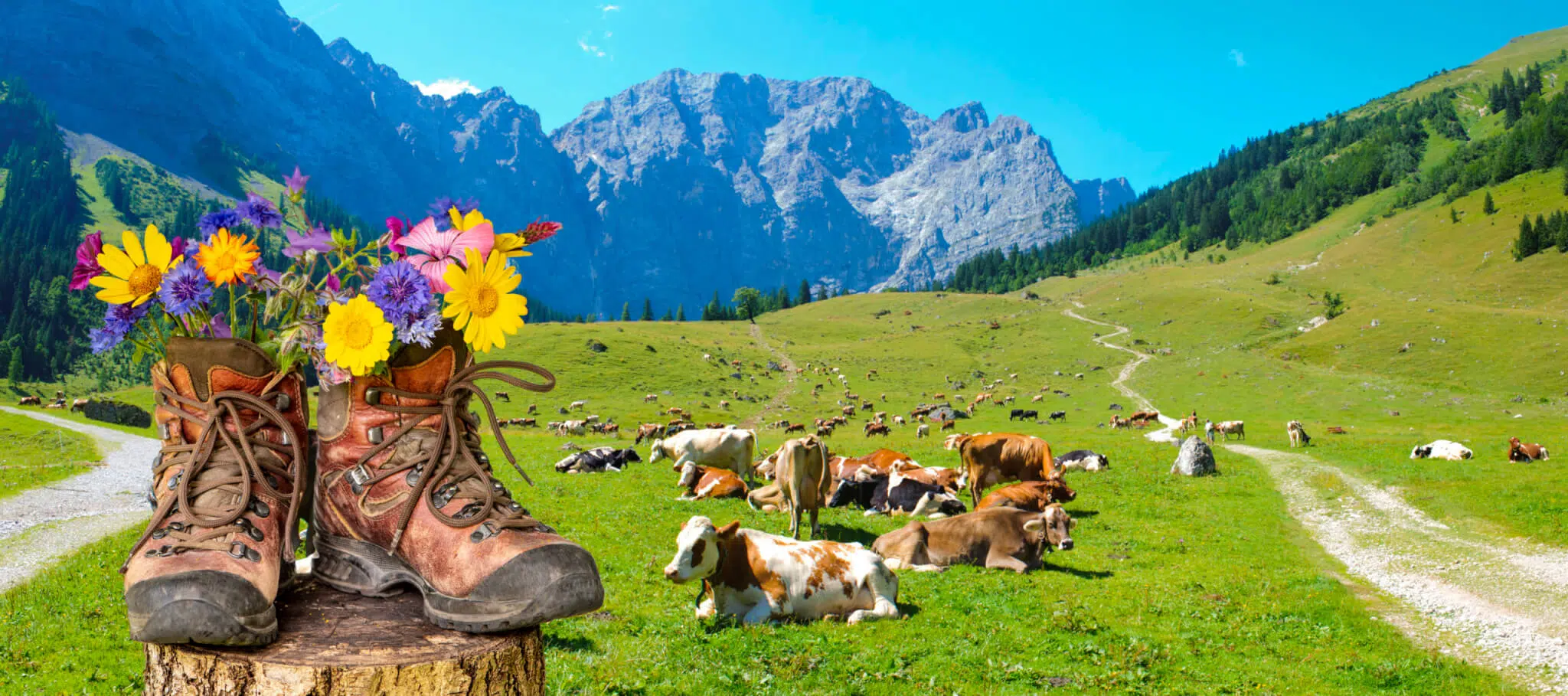Dairy farmers run the risk of enormous economic losses as a result of lameness. Optimum hoof care practices such as early detection and treatment can help minimise these losses by improving recovery times and reducing animal suffering. In fact, prevention has proved to be a better means of reducing costs and is therefore an even better investment.
Although treatment costs have an impact on the loss suffered, they are not the real cost of lameness. Losses caused by lameness depend on its severity and can include reduced dry matter intake (DMI), bodyweight loss, decreased milk production, poor reproductive efficiency, and decreased herd longevity, all of which have an overall impact on the profitability and sustainability of the farm. It is therefore very important for producers to follow good hoof care practices, have effective early detection tools in place, and apply helpful treatments.
Overview of hoof care practices
Functional hoof trimming
Functional hoof trimming is done by making sure that the cow’s weight is distributed evenly around the hoof. This produces a level weight-bearing surface and improves drainage by modelling the axial groove area. It also has the advantage of proactively identifying lesions and other related issues and allowing the producer to treat them early. It is recommended that all cows should be trimmed at dry-off and again between 75 and 150 days in milk.

Nutrition
We’ve already said that prevention is better than cure! Providing nutrients such as vitamins (e.g. biotin) and minerals (e.g. zinc, copper, and calcium) to build a structurally intact and healthy hoof goes a very long way towards preventing situations that predispose cows to hoof health issues and lameness. This does not end with simply providing the nutrients, but also involves managing the provision of these nutrients as they could cause lameness through sub-acute rumen acidosis (SARA).
Cow comfort
Heat stress, poor bedding, or poorly managed bedding, too much time spent at the parlour, poor drainage in the collecting yard, and poorly managed walkways all negatively impact keratin formation and the integrity of the hoof. They also cause an increased inflammatory response. Increased standing causes trauma to the feet and slows the process of keratinisation, which can result in lesions. Wet and muddy environments can be a source of increased infections and can cause hoof keratin to soften, leading to further damage or susceptibility, while poorly managed walkways can cause further damage to hooves. To crown it all, as cows experience an increased inflammatory response from heat stress, energy and nutrients are diverted away from hoof keratin production to fuel the immune system and inflammatory response. This will cause a reduction in hoof production and quality, which will lead to an increase in the prevalence of hoof lesions later on.
Conclusion
Consider a cow’s hoof as equivalent to the multiple pairs of shoes that people wear for different occasions and functions, e.g. the advantage of wearing boots in the rain versus training shoes for running comfort. Cows have one set of hooves that must fulfil all the roles played by our different shoes. That is why making hoof care and health a priority is a critical investment to prevent lameness.
Cleopas Lephallo is a ruminant technical adviser at Chemuniqué










